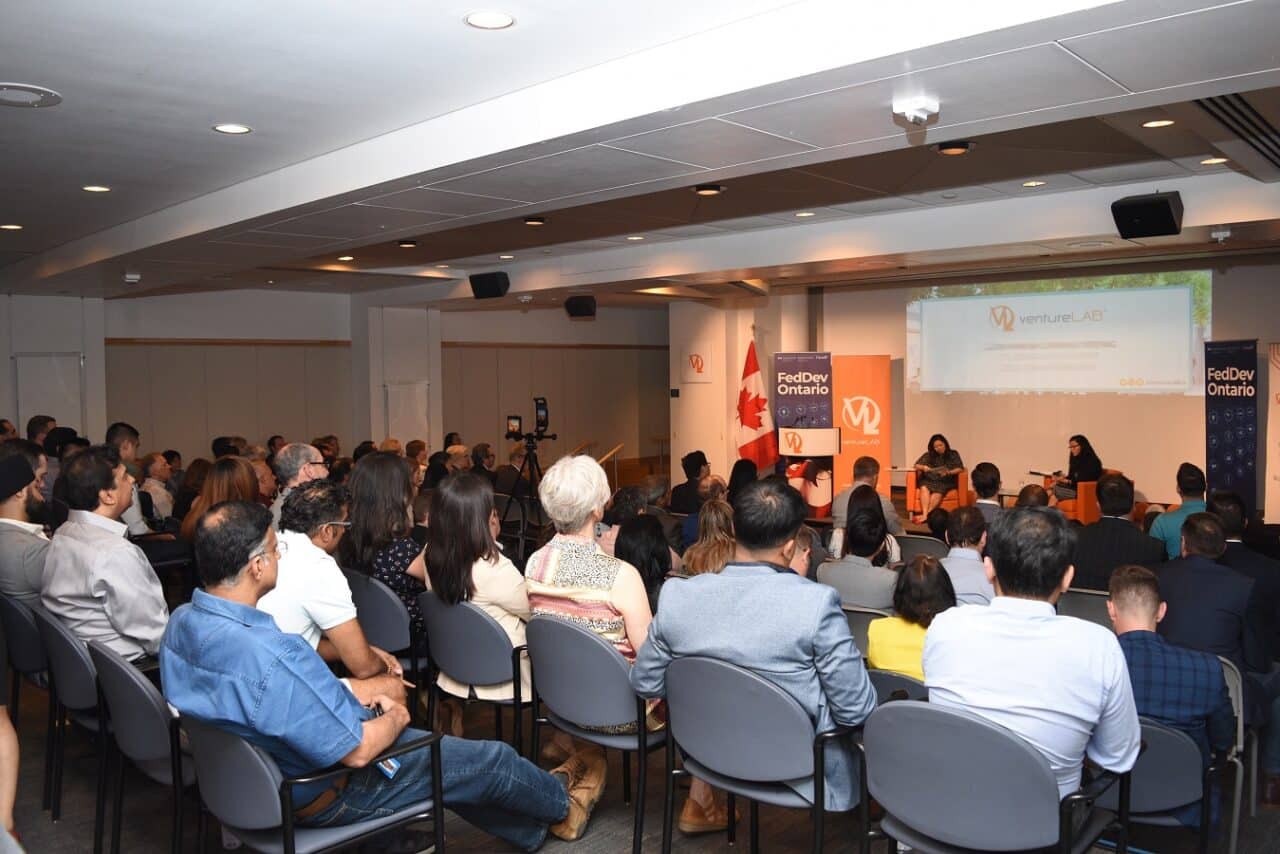TD Shepherd was present at VentureLAB’s Hardtech conference in Markham/Toronto, Ontario, Canada. This was the second time VentureLAB organized this event which is focused on Deep Tech – in general and more specifically semiconductor startups in Canada. The setup of the event was build around a pre-selection of 8 deep-tech startups which were present with a table-top as well as with a pitch. Startups ranged from photonics to AI processors, from AI-based quality control to smart building technology. Their stage ranged from early seed to Series A and Series B. One of the noteworthy aspects of the early stage companies was that their seed rounds were all targeting significant amounts, usually in excess of US$2M and in general more in the range of US$4-6M.
HardTech was in its second year. Despite its early stage, the event has already gathered some interesting corporates (such as Intel) as well as regular investors. It is clear that the HardTech event is addressing a critical void in the Canadian startup eco-system. With Silicon Valley in close proximity Canada will have to make an all-out effort to ensure its talent will remain “local” and will not wander out to where the “easier” money is.



